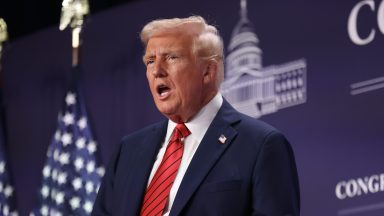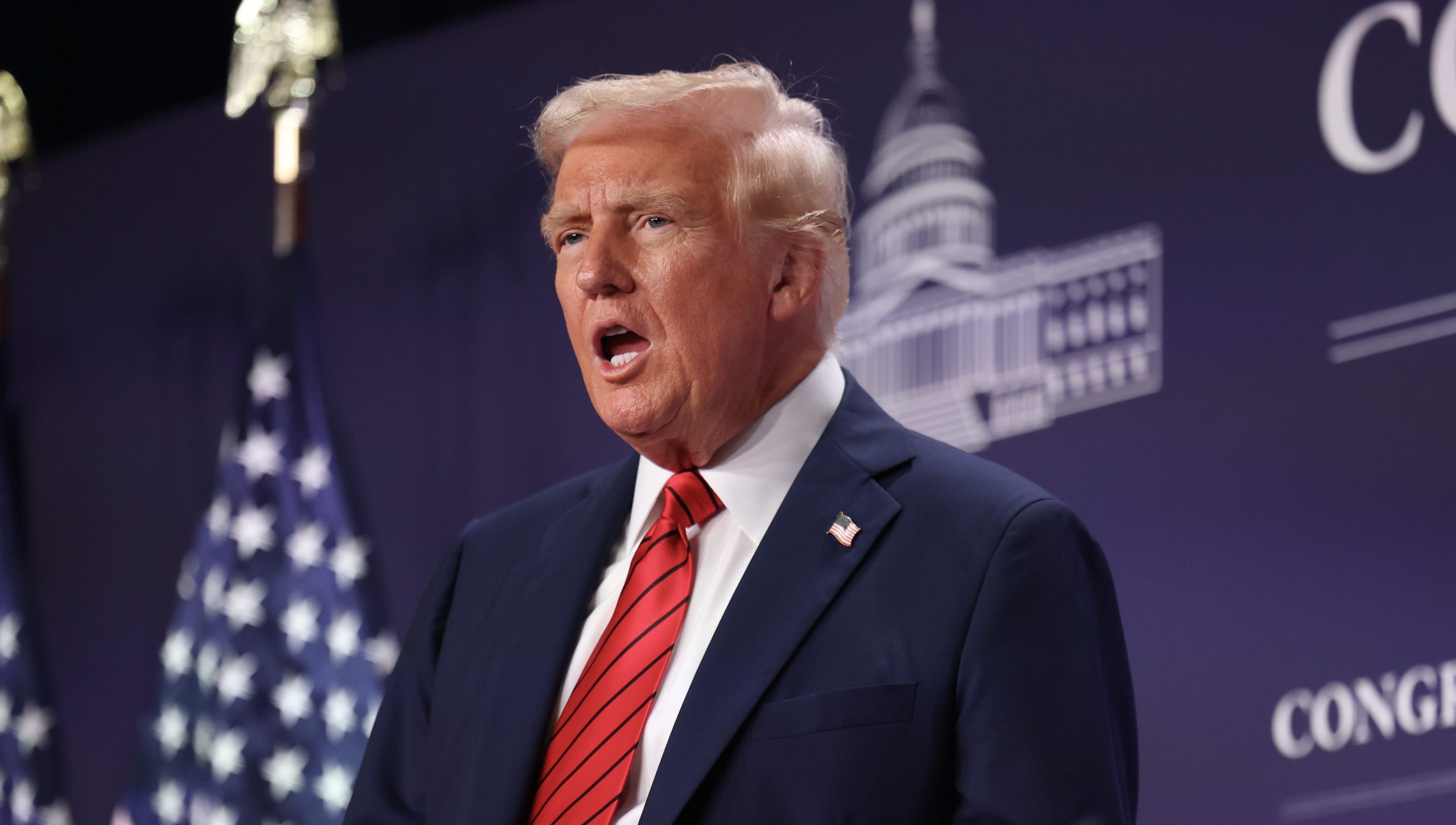
With Donald Trump returning as president, significant transformations are anticipated within the federal workforce, especially in the United States Department of Education. Following his victory in the 2024 election, the 78-year-old leader pledged to ?revert education authority back to the states? and aimed to ?remove inefficiencies from the government education system.? Reports indicate that Trump intends to implement substantial staffing reductions within the department. However, this raises an important question: will the department be entirely dismantled or simply restructured?
Discover the specifics of Trump’s vision for the Department of Education and evaluate the feasibility of disbanding such a vital governmental structure. Understanding his plans will shed light on the future of education policy in the U.S.
?During Career and Technical Education Month, we reaffirm our belief in excellence by putting America first and investing in the best training and retraining opportunities that will result in a stronger workforce and a booming economy.? ? @POTUS
America is back!
? U.S. Department of Education (@usedgov) February 3, 2025
Understanding the Role and Mission of the Department of Education
The Department of Education serves as a pivotal cabinet-level entity dedicated to advancing student achievement and enhancing global competitiveness. Its mission is to promote educational excellence while ensuring that all students, regardless of age or background, have equal access to quality educational resources. This department plays a crucial role in shaping educational policies and practices that aim to uplift the educational standards across the nation.
Current Employment Statistics at the U.S. Department of Education
Reports from various sources suggest that approximately 4,400 employees are currently working within the Department of Education. As the Trump administration begins to implement staffing modifications, the future of these employment figures remains uncertain. Earlier this year, the White House announced a strategic shift aimed at reforming the federal diversity, equity, and inclusion (DEI) workforce, which could significantly impact current staffing levels in the department.
Exploring the Possibility of Dismantling the Department of Education
It is essential to understand that a president does not possess the unilateral authority to completely dismantle the Department of Education, as its establishment is rooted in an act of Congress. For a full dissolution to occur, Congressional action would be required to repeal the legislation that created the department. This legal framework ensures that substantial changes to the federal education system involve multiple levels of government oversight.
Potential Outcomes if the Department of Education Were Abolished
As previously noted, a president cannot abolish the Department of Education independently; such a move would necessitate Congressional involvement. According to U.S. News, experts argue that eliminating the department would not drastically impact various programs or funding initiatives, including Pell Grants and federal student loans. These essential financial aids are critical for many students pursuing higher education in the U.S.
Although Trump has expressed his intention to transfer education authority to the states, the Department of Education emphasizes that education is primarily a responsibility of state and local governments across the United States. The department highlights that a staggering 92 percent of funding for elementary and secondary education originates from state sources, with a mere 8 percent coming from federal contributions, indicating the significant role of states in shaping education policy.





